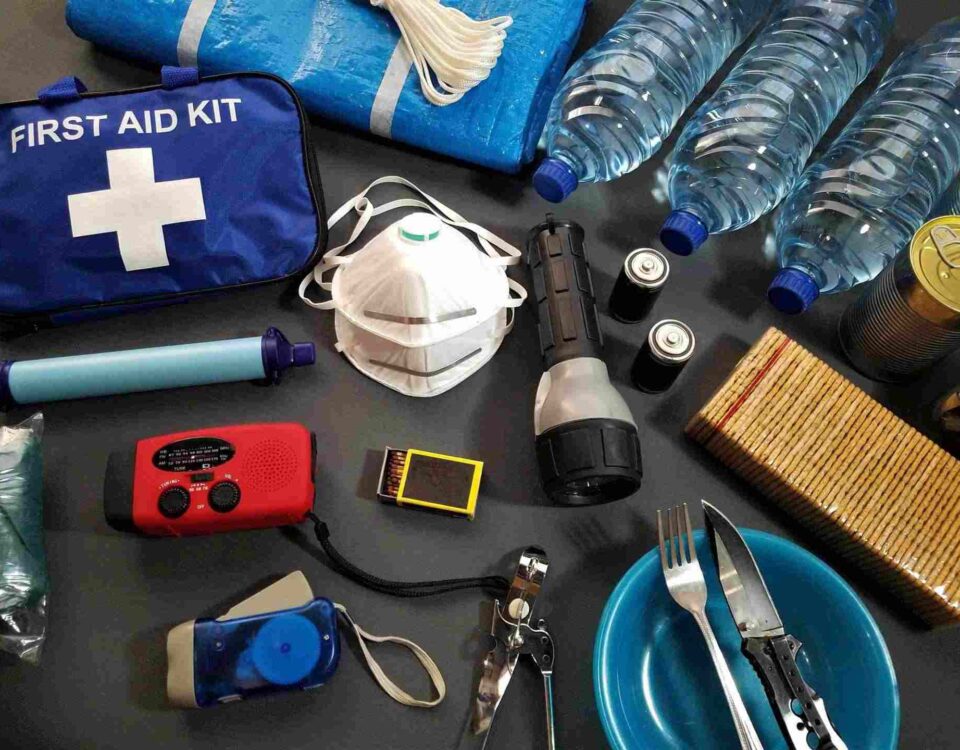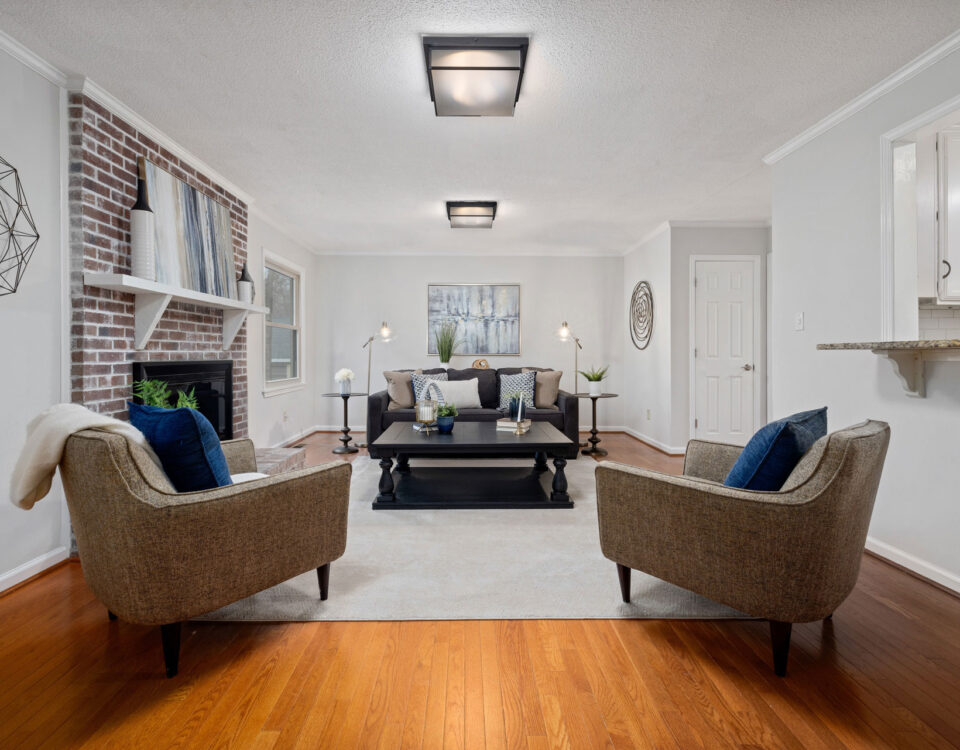Considerations When Building Your Vacation and Rental Property Portfolio

Technology Trends in Construction Management
October 28, 2021
Proper Cleaning Minimizes Coronavirus Risks
November 17, 2021
Creating and building a vacation or rental property portfolio is complicated to say the least. It’s a stressful endeavor, but one that can be extremely rewarding. So, how do you get started and how do you effectively grow your portfolio in a timely manner?
Buying your first rental property: What you should know
While profitable vacation rentals and longer-term rental properties share similar qualities, it’s important to differentiate between the two as they are two different animals. We’ll review some tips for both types of rental properties for first-time buyers.
Buying your first vacation rental property
A vacation rental property will have many short-term tenants over the course of a single year. It will also have different design cues and need a slightly different appeal than a long-term rental unit.
Do your homework and learn what makes a good vacation rental property
There’s a lot to learn about vacation rental properties from what types of homes appeal to vacationers, to what rates you should be setting to attract visitors, and even which rental sites are the best to use.
There are a lot of great resources for first-time vacation rental buyers that are readily available to read online. You can check out a few sources here and take the time to evaluate the information with the real estate experts you trust:
Buy a worthwhile property even if it costs a bit more
If there’s one thing you want to avoid, it’s buying a property that costs less, but is not attractive to prospective vacationers. On your first purchase, you will undoubtedly be concerned about your budget and your finances. This is important, but it’s better to stretch your budget to ensure you purchase a vacation rental property at which people will want to stay.
This advice goes for upgrades and amenities as well. Investing in your rental property will make it much more appealing to vacationers, and can be the difference between a packed booking schedule, and one that will not make enough money to pay for your expenses. Remember, if you upgrade the amenities, you will also be able to charge more for the rental itself.
Make your rental appealing to everyone
When you’re decorating your vacation rental, you want to remember that you’re trying to attract as many people as possible. It’s best to use neutral designs and discretion to ensure you don’t alienate vacationers. This can be done by using classic crisp lines and color palettes.
Additionally, you can consider a theme for your rental if it is in a location that is appropriate. If you purchase a ski cabin, it’s certainly appropriate to use ski and snowboarding-themed decorations complete with a cozy cabin feel. Try to anticipate your audience and design and upgrade the rental unit to what you think their tastes will be.
Another subtle way to increase the overall comfort and contentedness of your guests is to provide creature comforts and amenities wherever possible. Providing spices for your guests in the kitchen, free toiletries in the bathrooms, and extra blankets and pillows will ensure your guests will have a great time during their stay, and not feel like there was something missing due to corners being cut. It’s the little things that help lead to great reviews!
Hire a service to manage the business aspects of running your vacation rental
Many first-time vacation rental homebuyers make the mistake of thinking they need to do everything themselves. This can be done if you live close to your rental property, but it will quickly become impossible to manage on your own when you have several properties in your portfolio. Even if they are close together, the time needed to clean and prepare each home becomes a full-time job. Hiring a professional service to manage your property for you essentially automates the process and takes quite a bit of stress off of your plate.
Learn how to price your home appropriately to attract vacationers
This can be done on your own or through an automated pricing engine. To do this yourself, you will need to determine the fixed costs of your rental unit, along with the variable costs that changed based on the time of year and usage of supplies provided in the unit. Once you’ve figured this out, you can do your research to determine the pricing of the comparable rentals nearby with similar amenities.
Alternatively, you can use an automated pricing engine service like Beyond Pricing, Pricelabs, Outswitch, or Smart Host. Each of these services will automatically calculate rates for your rental units, and adjust them multiple times a day depending on what’s working and what isn’t.

Buying your first long-term rental property
A long-term rental property is similar to a vacation rental, but does not need as much day-to-day management or cleaning as residents will live there 6 months to a year at minimum. Residents are also responsible for stocking, cleaning, and generally maintaining their own apartments.
Do your research and determine a market
There are millions of places you can invest in real estate, but a first rental property is typically one closer to home than further away. This makes it easier to address concerns, and be physically present if a future tenant has questions or issues.
Once you determine a general area you’d like to invest in, do your research. Figure out what the market looks like and what homes or condos are selling for. The more knowledge you have about the market pricing in your area, the better you’ll be able to identify and act on good deals when you see them.
Evaluate expenses and rental rates
You want to make sure your first investment property is profitable. This requires in-depth research to ensure you know what you’re getting into. Apart from the cost of the unit, you’ll need to take utilities, HOA fees, and homeowners insurance into account. Forgetting to include any of these expenses can be the difference between a profitable rental property, and a money pit. Research comparable units, and reach out to rental property managers to get a sense of the general expenses they face each year. HOA fees can increase as associations add more amenities, so take into account when the last time the property was updated.
Analyze as many deals as possible before jumping in
The only way to know what a good deal on a property is in a certain market is by spending extensive amounts of time looking at the rental and sale prices in the community. You’ll want to be extremely comfortable with this part of the process, as it is the most important part of building a profitable rental investment portfolio.
Make offers
When you’re confident in your research and understand your market, you can start making offers on suitable rental properties. You may get rejected or lose out on deals, but that’s okay. This is a learning experience, and for every deal you lose out on, another deal will find its way to you.
Property inspections and due diligence
Before closing on your first rental property, you’ll want to ensure that nothing was missed in your initial look at the home. You’ll want to hire a professional to inspect the rental property and do a deep dive to check things you didn’t know you should be checking. This step is more important if you are buying a home as residential apartment property management companies are legally required to ensure the building and apartment are up to code. Homebuyers have a long checklist to complete through inspection before they purchase the property. While not required, it’s highly recommended.
As for due diligence, you’ll want to get a thorough understanding of the building’s physical and financial status by asking the right questions. Don’t skip this stage even if you’re at risk of losing out on a deal. An improperly maintained rental property can end up costing you many thousands of dollars and dash your hopes of building a rental property portfolio in a timely manner.
Property management
Once you own the property, you’ll need to decide whether you’re going to be a landlord yourself, or if you’ll be hiring a professional property manager. Good property managers can sometimes be difficult to find depending on the market, but they do exist! At AVMRE, we pride ourselves on being honest, upfront, and committed to managing your homes in the Fairfield and Westchester County markets. We service Greenwich, New Canaan, Rye, Darien, Bedford, Pound Ridge, and surrounding markets, and reliably deliver on our services each and every time.
Building your portfolio and steadily increasing the number of rentals you own
Starting out, newer rental property investors don’t have the track record of success and often need to go the traditional route when financing a new property. This typically means you’ll need to come up with 20% of the cost of the property as a down payment. Create your budget accordingly, and save money from your current rental properties to use as a down payment for your next rental.
While this can be a slow process when you only own one rental unit, it becomes easier and easier as you accumulate more rental properties. You’d be surprised how quickly you’re able to generate money for new rental properties as you continue along your journey.
Build a great team
As with any challenging endeavor in life, it’s best to not go at it alone. In order to be successful in your journey, you’ll want to find the best people possible that you’ll use each time you’re working to purchase a new rental. This team typically includes:
- Lender
- Real estate agent
- Contractor
- CPA
- Lawyer
- Property management company
Each of these people provide valuable insights and services when you are looking at, and getting ready to purchase a new home. You may find that some of the professionals on your team aren’t quite up to snuff, and that’s okay. Testing out different people until you find the people you work best with is part of the journey for a first-time rental property investor. Think of it as a learning experience, and take your losses as lessons learned.
Use advanced rental property strategies to speed things up
The strategy that we’d like to highlight here increases the speed at which you can purchase new rental properties. It is called the BRRRR strategy, and it stands for:
- Buy: Buy an investment property that needs fixing up.
- Rehab: Renovate the property to increase its value and rentability. This will increase rental income as well.
- Rent: Rent out the unit.
- Refinance: Refinance the property to take cash out of your investment to use for future rental property purchases.
- Repeat: Repeat the process.
This is a simplified explanation of the BRRRR strategy, but there are more in-depth articles on the subject.
Keep at it
This business is a grind, but it is a proven way to achieve true financial freedom in life. While it is hard work initially, things get easier as you continue down your path and build connections while gaining experience.
Of course, AVMRE is here to help. Contact us.




